When a sumo wrestler wins a match, how he wins is recorded with the victory. This move is called a kimarite. Think of kimarite as fatalities from Mortal Kombat or named moves from shonen anime. Think Inuyasha’s Wind Scar attack. Sumo has 5 non-winning moves, such as stepping out of the ring or touching down accidentally (Gunning, 2018). The Sumo Association determines the list. As of this article, the list sits at 82 moves. Sumo extends deep into history, beginning as a ritual designed to please the spirits. Sumo still has sacred connotations, to the point where women are banned from entering the ring because women are considered ritually unclean. In 2018, the Japan Sumo Association apologized after a sumo judge ordered women out of the ring, including a doctor, who was giving first aid to the 67-year old mayor of Maizuru after he had collapsed (Fifield, 2018). Because of its history, sumo’s list of winning moves has changed over time along with the role it has played in society. A book dating to the 1670s listed 120 winning moves (Satoshi, 2022).
For those of us in the West, sumo offers an interesting alternative sport that relies on individual performance. Rivalries between wrestlers can extend back into high school and even middle school. Rivalries tend to be friendly in most, but not all, cases. Sportsmanship is required of wrestlers, especially the highest ranking wrestlers. The way each wrestler wins against the other tells us a lot about both wrestlers’ techniques. Grapplers tend to win in certain ways; pusher-thrusters–wrestlers who prefer to slap and shove instead of grapple and throw–tend to win in other ways.
Kimarite tell us literally what happened to win the match. Once you see each move in action, the word makes perfect sense for the maneuver. Many are combination of common stem words with specific movements associated with them:
- oshi — push with bent elbows
- tsuki — push with locked elbows
- yori — using one’s weight
- nage — throw
- taoshi — knock down
- uwate — outer grip on belt
- shitate — inner grip on belt
- gake — trip
- dashi — send out of the ring
- hiki — pull down
- otoshi — drop
- hineri — twist
- okuri — send out of the ring
- soto — outside
- uchi — inside
| kimarite | what’s going on |
|---|---|
| abise-taoshi | uses body to force opponent down inside the ring |
| amiuchi | grabbing arms, spreading the body out, then pulling him down |
| ashitori | “leg pick” lifts the opponent’s leg to trip him |
| chongake | lifts opponent’s leg by his ankle, tripping him |
| fusensho | default win because opponent couldn’t compete |
| gasshohineri | gripping opponents head with both hands and twist him down |
| hansoku | default win because opponent did something illegal |
| harimanage | rear-belt throw |
| hatakikomi | pull down by head, neck, or shoulders |
| hikiotoshi | arm-pull down |
| hikkake | arm-bar pull or twist down |
| ipponzaoi | throwing opponent over body, a judo move |
| isamiashi | accidental step out |
| izori | a leg pick-up slam |
| kainahineri | an upper-arm press and twist |
| kakenage | wrapping one leg around opponents leg, with an arm to throw |
| kakezori | leg-kick throw |
| katasukashi | same-arm pull-down with a shoulder push down using other hand |
| kawazugake | wraps leg around opponent’s leg, holding opponents neck to force backward |
| kekaeshi | foot-sweep |
| ketaguri | kicking opponent’s ankle as he charges |
| kimedashi | arm-lock force out |
| kimetaoshi | arm-lock force down |
| kirikaeshi | outside-thigh, twisting belt trip |
| komatasukui | belt and thigh toppling grip |
| koshikudake | accidental fall |
| koshinage | waist pick-up throw |
| kotenage | arm-lock throw |
| kubihineri | neck and elbow force down |
| kubinage | neck throw |
| makiotoshi | torso twist down |
| mitokorozeme | grabbing back of knee while doing an inner-thigh leg trip |
| nichonage | leg-pivot throw |
| nimaigeri | outside ankle sweep |
| okuridashi | shoving a turned-around opponent out of the ring |
| okurinagi | back-belt throw |
| okuritaoshi | back-facing push down |
| oomata | inner-thigh lift |
| oshidashi | ring push out |
| oshitaoshi | push down |
| sabaori | belt pull down, opponent lands on knees |
| sakatottari | arm-bar counter, elbow twist down |
| shitatedashinage | inner-grip belt pulling throw |
| shitatehineri | front-belt twist down |
| shitatenage | inside-belt throw |
| shumokuzori | crouching lift down |
| sotogake | calf trip |
| sotokomata | scooping belt-thigh trip |
| sotomuso | belt and knee trip |
| sototasukizori | gripping arm and outer thigh, shoulder-lift drop down |
| sukubiotoshi | neck push down |
| sukuinage | belt throw down |
| susoharai | hand foot sweep from the rear |
| tasukizori | clutching arm and thigh, lift opponent to shoulders and tip down |
| tottari | wrist-elbow twist down |
| tsukaminage | belt-lift up and drop down |
| tsukidashi | stiff-arm thrust out |
| tsukiotoshi | stiff-arm side-step thrust down |
| tsukitaoshi | stiff-arm thrust down |
| tsumatori | foot, ankle tug down |
| tsuridashi | belt-pick up and carry out of ring |
| tsuriotoshi | belt-pick up and drop down |
| uchigake | inside-knee push over |
| uchimuso | inner-thigh trip with a grip on belt |
| utchari | counter-move, edge-of-ring twist out |
| uwatedashinage | outer-belt-grip throw |
| uwatehineri | outer-grip belt twist down |
| uwatenage | outer-grip belt throw |
| waridashi | outer-grip belt and upper-arm force out |
| watashikomi | calf-grabbing push down |
| yaguranagi | belt-gripping knee twist down |
| yobimodoshi | while retreating, using the opponent’s charge to push down |
| yorikiri | belt-grip force out |
| yoritaoshi | belt-grip backward force out |
| zubuneri | head and elbow twist down |
As I mentioned earlier, these finishing moves seem vague unless you see them in action. Once you do, you will see they are on the nose, literal descriptions of the moves. Over time, even if you don’t know Japanese, you can learn the most common of these moves along with other terminology. NHK’s coverage of each sumo tournament does a good job at explaining what is going on and what the terms mean. Part of the fun of sumo is trying to guess what the finisher is before it is announced. Yorikiri, for example, is one of the most common and easiest to spot. Sumo offers an interesting amount of depth. Many wrestlers have a long history of facing off against each other; sometimes a low-ranked wrestler consistently defeats a high-ranked wrestler because of these long rivalries. Some wrestlers fall to certain moves and few others because of how they train. Sumo, for all its problems (and it has many, many problems, such as injuries and lack of respect for wrestlers among the higher-ups), offers a brotherhood I don’t often see in team-based sports (as in brotherhood outside of team dynamics). Not that I’m much of a sphere-chaser watcher.
References
Fifield, Anna (2018) A Japanese woman tries to save man’s life in sumo ring, is ordered out as ‘unclean’. The Seattle Times. https://www.seattletimes.com/nation-world/a-japanese-woman-tries-to-save-mans-life-in-sumo-ring-is-ordered-away-for-being-unclean.
Gunning, John (2018) Sumo 101: Winning Techniques. The Japan Times. https://www.japantimes.co.jp/sports/2018/09/20/sumo/dozens-ways-triumph-sumo-match/
Satoshi, Nagayama (2022) Exploring the Match-Winning Techniques of Sumō. Nippon. https://www.nippon.com/en/japan-topics/g02033/
Sumo Talk. List of Kimarite. https://www.sumotalk.com/kimarite.htm
Kimarite (2007) Grand Sumo. https://web.archive.org/web/20090218215746/http://sumo.goo.ne.jp/eng/kimarite/index.html
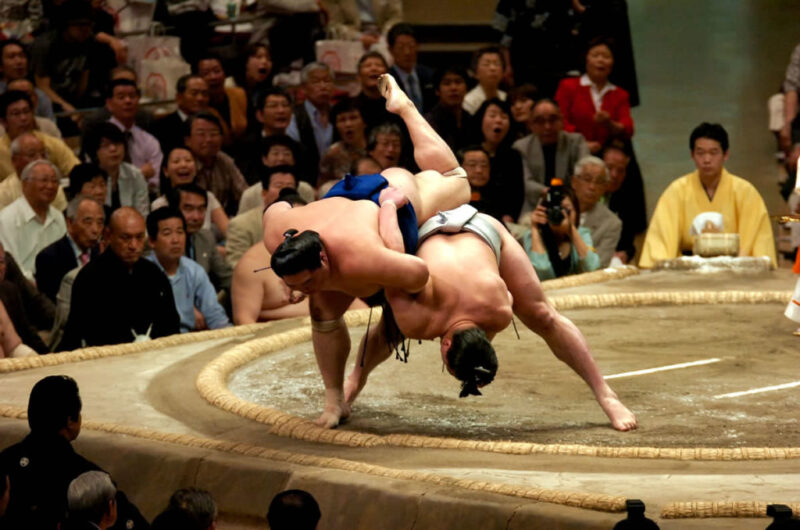
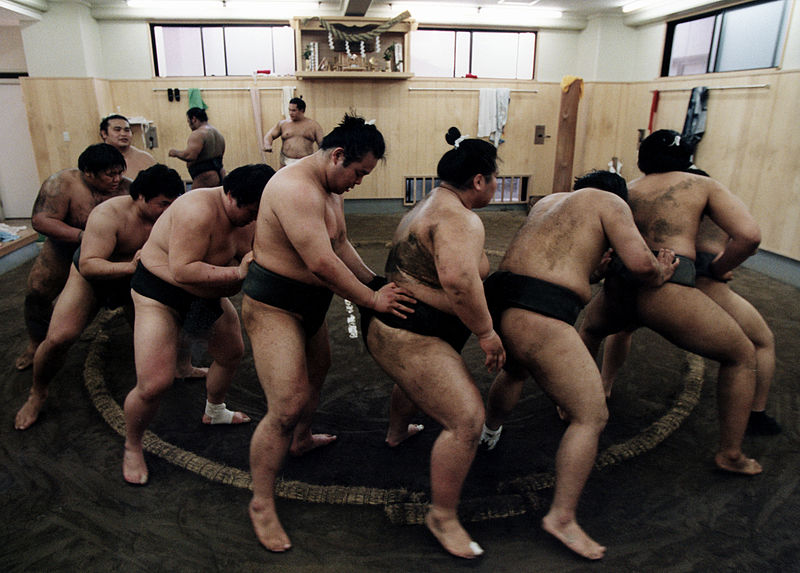
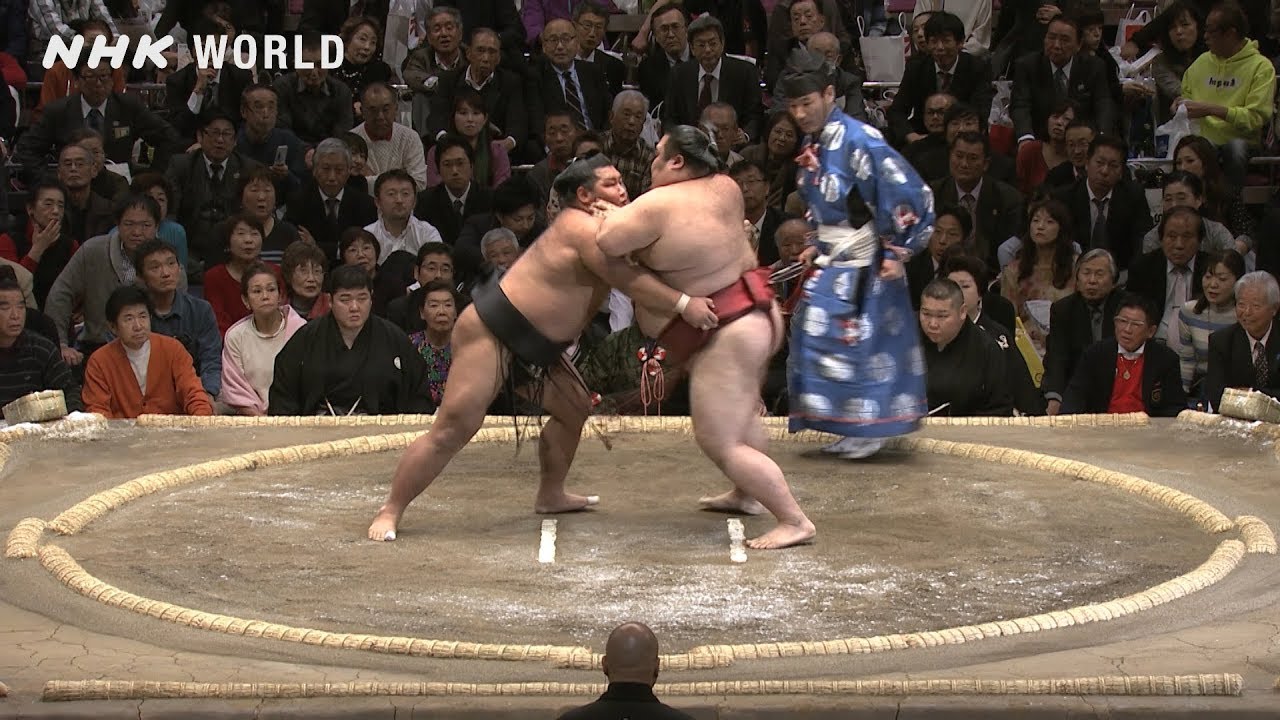
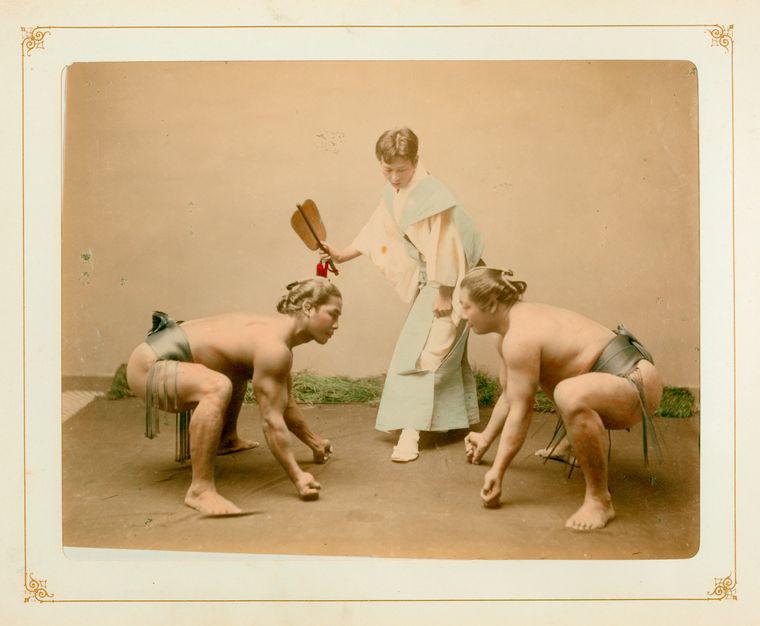
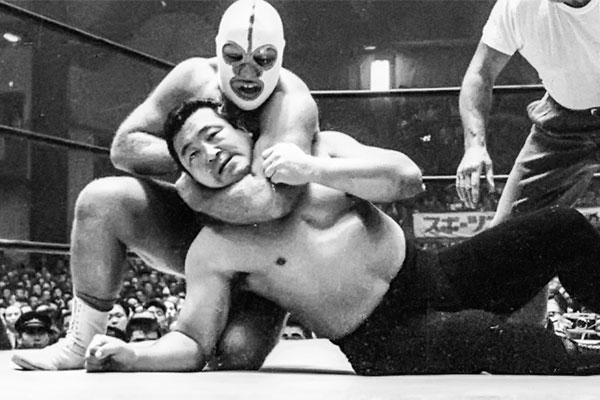
Nice- I’ve definitely never heard of this huge list of moves and had no idea there were so many different techniques.
I thought it was especially interesting where you mentioned the different take-down styles like pushing vs grappling. I would say Baki the grappler is my favorite.
🙃
I got into sumo about 5 years ago by chance. I knew about it, of course, but it’s a sport, and I dislike sports (except for caber tossing, anyway). But once I gave sumo a chance, I grew to enjoy it. It’s simple and approachable, but it has a surprising amount of depth. And, unlike American football’s naming scheme, sumo makes sense with its jargon. 😀 I mean, seriously, what’s up with American football adding -back to everything? Quarterback, runningback, and so on. How about thrower, runner, and blocker? That’s what they do anyway.
😄😄 a you’re not wrong